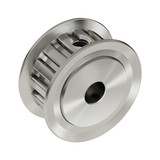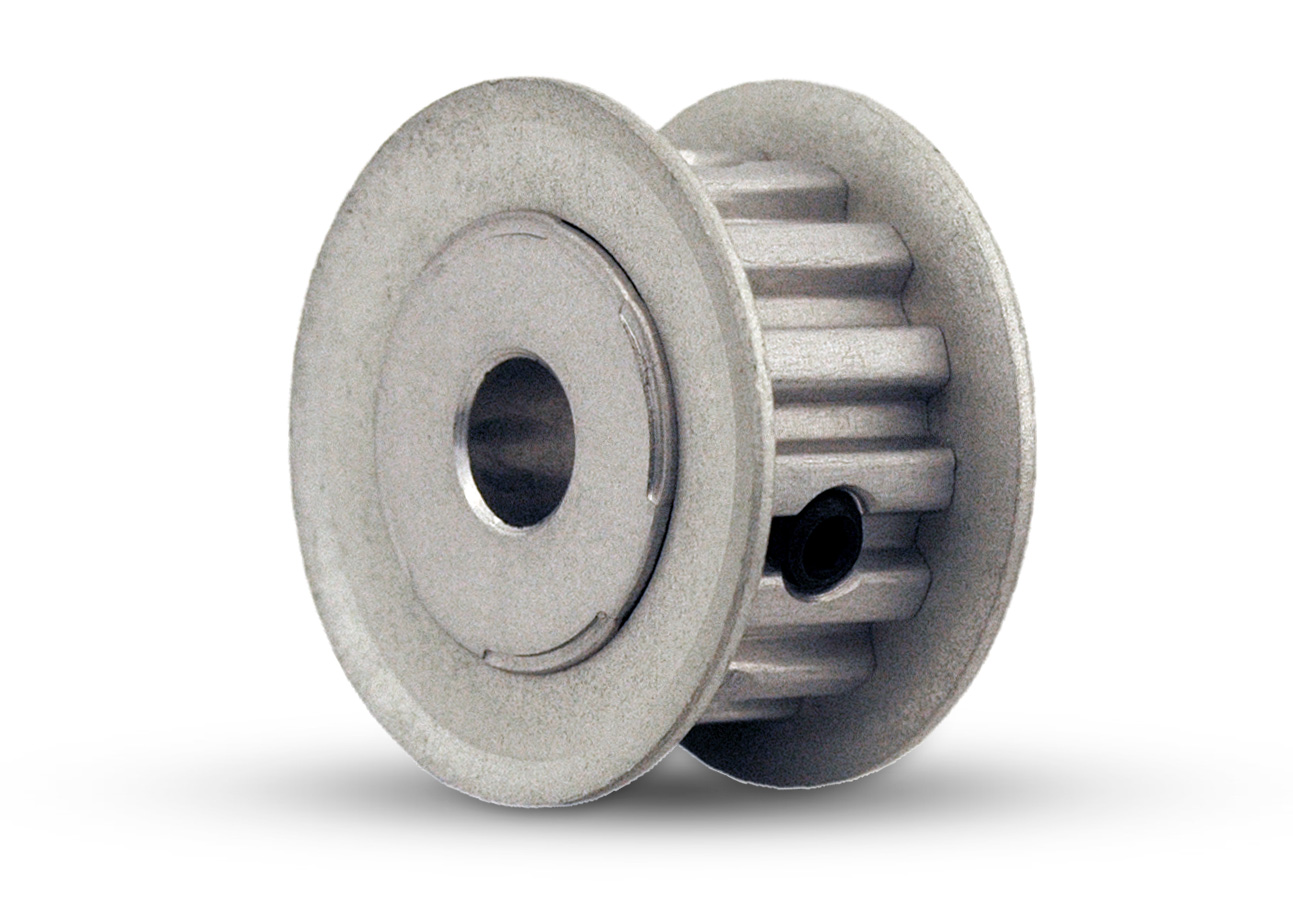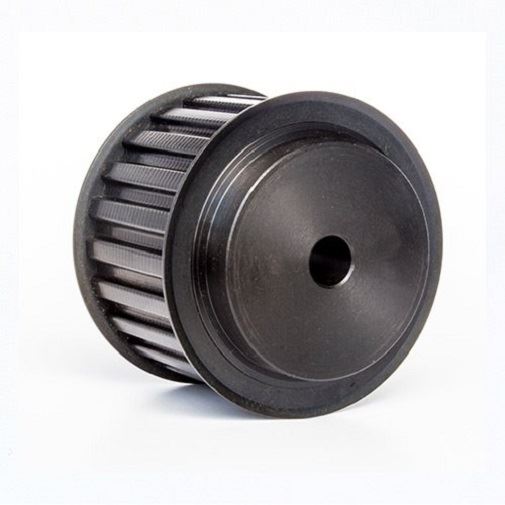Product Description
Product Description
Material: 6061 aluminum alloy, S45C
Surface treatment: natural color anodized, blackened, galvanized
Model: MXL, XL, L, H, XH, XXH, T2.5, T5, T10, T20, AT5, AT10, AT20, 2M, 3M, 5M, 14M, S2M, S3M, S5M, S8M, S14M, 2GT, 3GT, 5GT, 8MGT, 14MGT, 8YU
We can produce according to your drawings.
Product Parameters
Packaging & Shipping
Our Advantages
1. We have over 10 years’ experience.
2. OEM or Non-Standard Bearings: Any requirement for Non-standard bearings is easily fulfilled by us due to our vast knowledge and links in the industry.
3. After Sales Service and Technical Assistance: Our company provides after-sales service and technical assistance as per the customer’s requirements and needs.
4. Quick Delivery: Our company provides just-in-time delivery with our streamlined supply chain.
5.We attend promptly to any customer questions. We believe that if our customers are satisfied then it proves our worth. Our customers are always given quick support.
Please contact us immediately if you have any questions.
Related Products
| Certification: | ISO |
|---|---|
| Pulley Sizes: | H/L/ MXL/XH/XL/XXH |
| Manufacturing Process: | Forging |
| Samples: |
US$ 0/Piece
1 Piece(Min.Order) | Order Sample |
|---|
| Customization: |
Available
| Customized Request |
|---|
.shipping-cost-tm .tm-status-off{background: none;padding:0;color: #1470cc}
| Shipping Cost:
Estimated freight per unit. |
about shipping cost and estimated delivery time. |
|---|
| Payment Method: |
|
|---|---|
|
Initial Payment Full Payment |
| Currency: | US$ |
|---|
| Return&refunds: | You can apply for a refund up to 30 days after receipt of the products. |
|---|
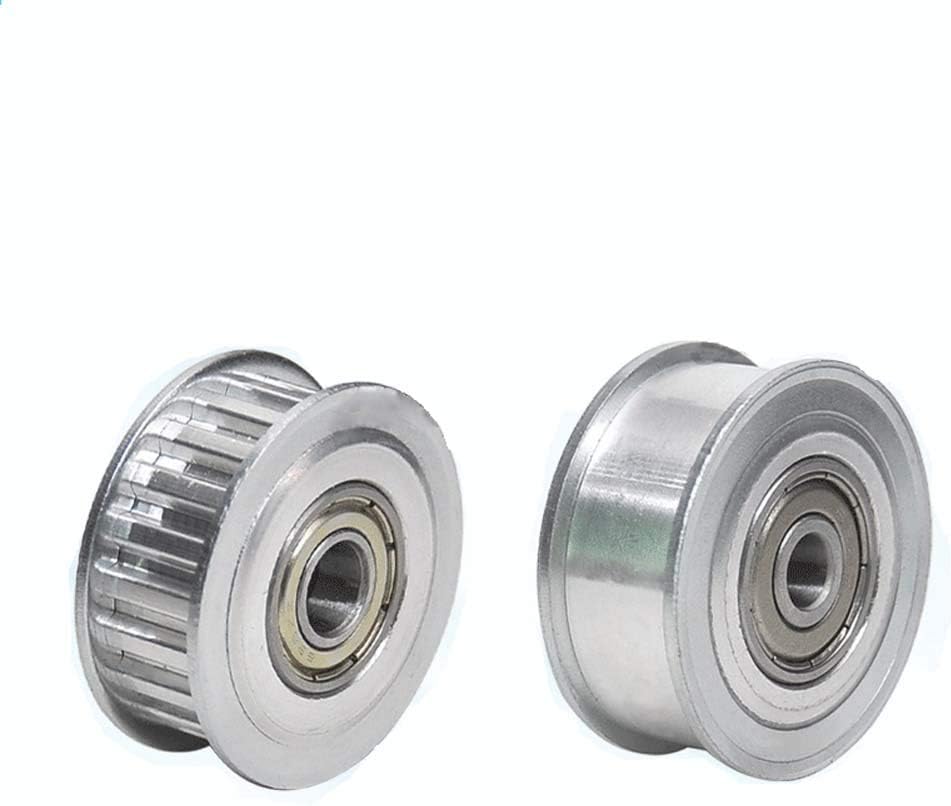
Can XL pulleys be integrated into existing mechanical systems for upgrades?
Yes, XL pulleys can be integrated into existing mechanical systems for upgrades. Here is a detailed explanation of the integration process and the benefits of upgrading with XL pulleys:
1. Compatibility:
XL pulleys are designed to be compatible with standard timing belts, making them suitable for integration into existing systems that utilize timing belt drives. The pulleys are available in various sizes and tooth profiles, allowing for easy replacement and compatibility with different belt lengths and widths.
2. Improved Performance:
Integrating XL pulleys into an existing mechanical system can lead to improved performance. XL pulleys offer advantages such as higher torque capacity, increased speed capabilities, and better power transmission efficiency compared to smaller pulley sizes. Upgrading to XL pulleys can enhance the system’s overall performance, allowing for higher loads, faster speeds, and improved efficiency.
3. Enhanced System Precision:
XL pulleys are known for their precise tooth profiles and accurate dimensional control. By integrating XL pulleys, the system can benefit from improved positional accuracy and reduced backlash. This is particularly important in applications where precise positioning or synchronization is crucial, such as CNC machines, robotics, or high-precision conveyors.
4. Customization Options:
XL pulleys offer customization options, allowing them to be tailored to specific system requirements. Manufacturers can modify pulley dimensions, bore sizes, keyway configurations, or tooth profiles to match the existing system’s needs. This customization capability ensures a seamless integration into the system without the need for significant modifications or adaptations.
5. Cost-Effective Upgrade:
Integrating XL pulleys into an existing mechanical system can be a cost-effective upgrade option. Since the system’s core components, such as the shafts and bearings, remain unchanged, the upgrade primarily involves replacing the existing pulleys with XL pulleys. This reduces the cost and complexity associated with a complete system overhaul while still providing significant performance improvements.
6. Ease of Installation:
The integration of XL pulleys into existing systems is relatively straightforward. The process typically involves removing the old pulleys and replacing them with the new XL pulleys. As long as the pulley dimensions and tooth profiles are compatible, installation can be completed with basic tools and minimal downtime.
7. System Scalability:
XL pulleys offer scalability options, allowing for future system expansions or modifications. If the mechanical system requires capacity upgrades or changes in operating conditions, integrating XL pulleys provides flexibility for system scalability. Additional pulleys can be easily added or replaced to accommodate the evolving needs of the system.
In summary, XL pulleys can be successfully integrated into existing mechanical systems for upgrades. The compatibility, improved performance, enhanced precision, customization options, cost-effectiveness, ease of installation, and system scalability make XL pulleys a viable choice for upgrading mechanical systems to achieve better performance, efficiency, and adaptability.
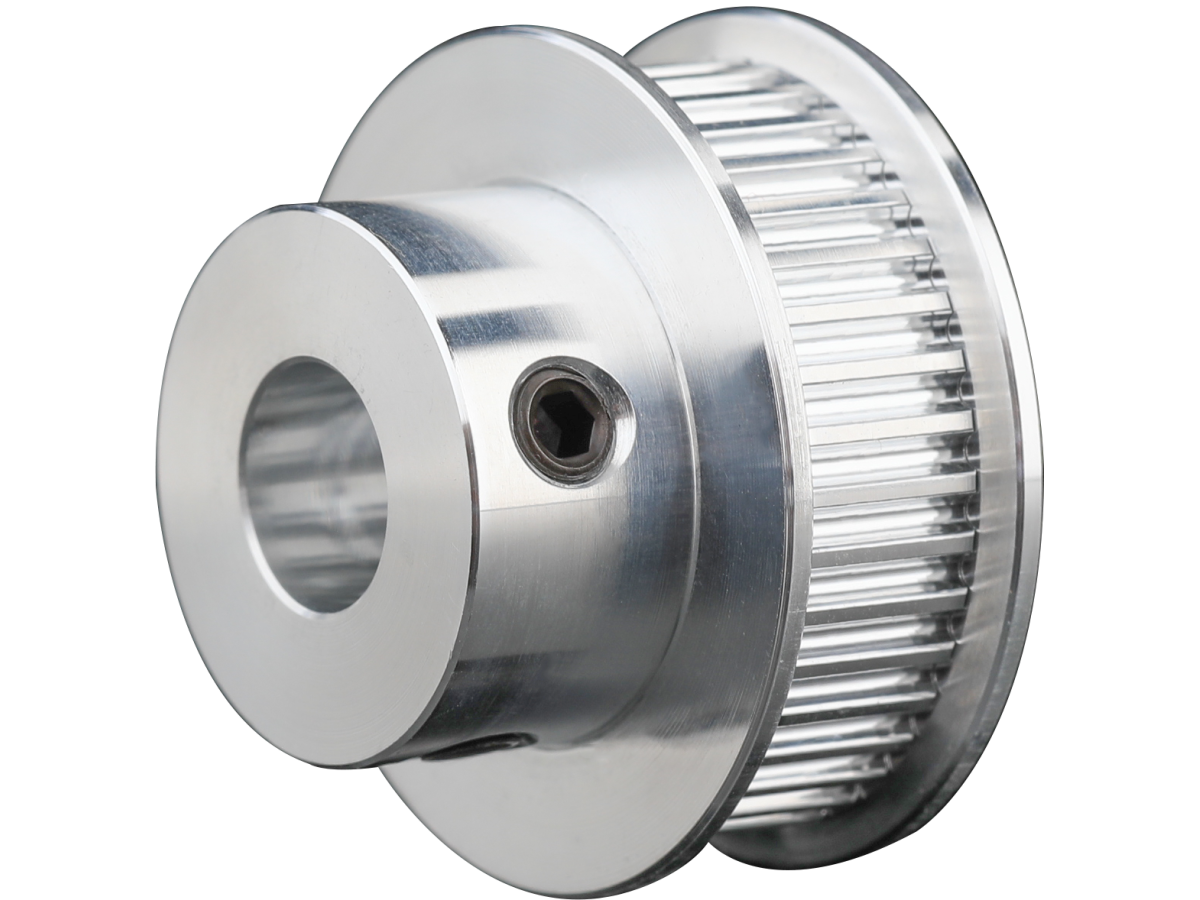
Can XL pulleys be used in both industrial and automotive applications?
Yes, XL pulleys can be used in both industrial and automotive applications. Here’s a detailed explanation:
1. Industrial Applications:
XL pulleys find extensive use in various industrial applications due to their reliable power transmission capabilities. They are commonly employed in industries such as manufacturing, automation, packaging, material handling, and robotics. Industrial machinery and equipment, such as conveyor systems, CNC machines, printing presses, and assembly lines, often utilize XL pulleys to transfer rotational motion and achieve precise motion control.
XL pulleys offer advantages such as accurate positioning, high efficiency, low noise, and compactness, making them suitable for a wide range of industrial applications. The ability to handle different speed ratios and provide maintenance-free operation further enhances their versatility in industrial settings.
2. Automotive Applications:
XL pulleys also find application in the automotive industry, albeit in more specific areas. In automotive systems, XL pulleys are commonly used in timing belt drives. These drives are responsible for synchronizing the rotation of the engine’s camshaft(s) with the crankshaft, ensuring precise valve timing and efficient engine operation.
Timing belt systems in automotive engines require reliable and accurate power transmission, and XL pulleys, along with the corresponding timing belts, provide the necessary performance. They offer advantages such as precise motion control, low noise, and compactness, which are essential for efficient engine operation. XL pulleys used in automotive applications are designed to meet the specific requirements of the engine, considering factors such as load capacity, speed ratios, and durability.
It’s worth noting that while XL pulleys are suitable for many industrial and automotive applications, it’s essential to consider the specific requirements and operating conditions of each application. Factors such as load capacity, speed, environmental conditions, and maintenance considerations should be taken into account when selecting and implementing XL pulleys in industrial or automotive systems.

What materials are typically used in the construction of XL pulleys?
The construction of XL pulleys involves the use of various materials, depending on the specific application requirements, load capacity, and cost considerations. Here are the materials commonly used in the construction of XL pulleys:
1. Aluminum:
Aluminum is a lightweight and corrosion-resistant material commonly used in XL pulleys. It offers good strength-to-weight ratio and excellent machinability, making it suitable for many applications. Aluminum pulleys are often used in robotics, automation systems, and other applications where weight reduction is desirable.
2. Steel:
Steel is a durable and robust material used in XL pulleys for applications that require higher load capacity and strength. Steel pulleys provide excellent resistance to wear and can handle heavy-duty applications. They are commonly used in industrial machinery, automotive components, and other demanding applications.
3. Plastic:
Plastic pulleys are lightweight, cost-effective, and offer good resistance to chemicals and corrosion. They are commonly made from materials such as nylon, acetal, or polycarbonate. Plastic pulleys are used in a variety of applications, including 3D printers, medical devices, and smaller-scale machinery.
4. Composite Materials:
Composite materials, such as fiberglass-reinforced polymers, are sometimes used in the construction of XL pulleys. These materials offer a combination of properties, including high strength, low weight, and resistance to corrosion. Composite pulleys are often used in aerospace, marine, and other specialized applications.
5. Stainless Steel:
Stainless steel is chosen for XL pulleys when corrosion resistance is of utmost importance. Stainless steel pulleys exhibit excellent resistance to rust and corrosion, making them suitable for applications in harsh environments or where exposure to moisture or chemicals is expected.
It’s important to note that the material selection for XL pulleys depends on factors such as the application requirements, load capacity, environmental conditions, and budget constraints. Manufacturers consider these factors to determine the most suitable material for achieving the desired performance and reliability in specific applications.


editor by CX
2023-12-12
